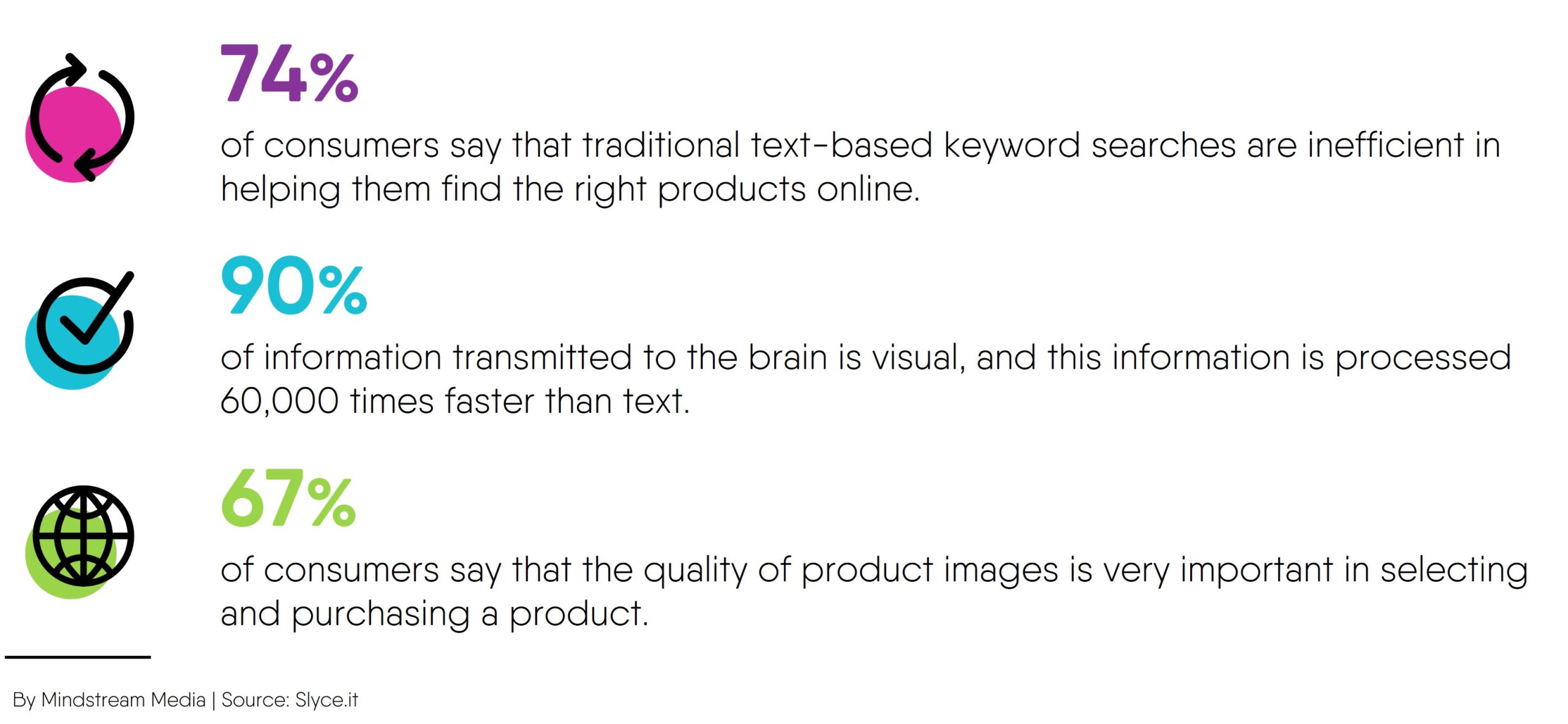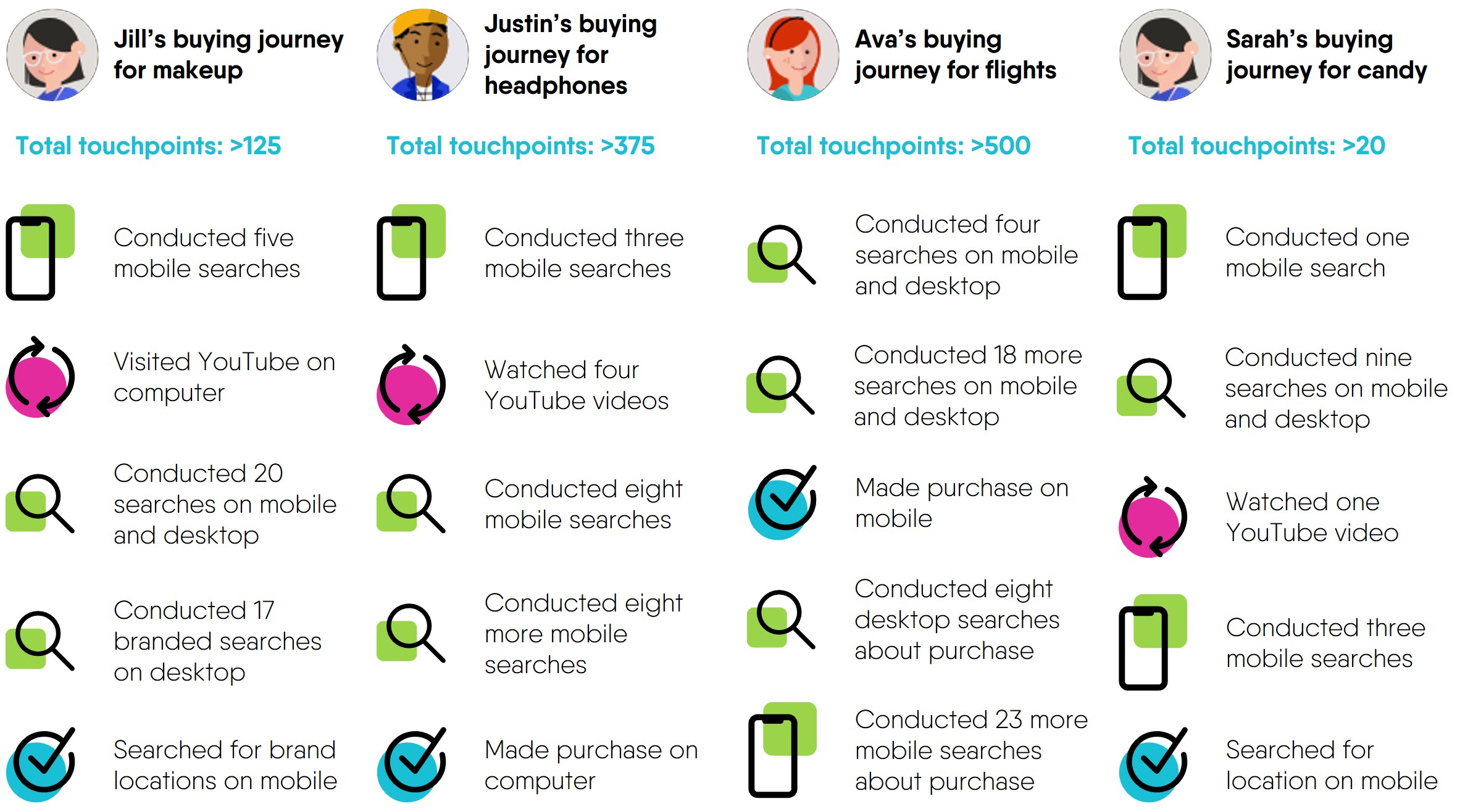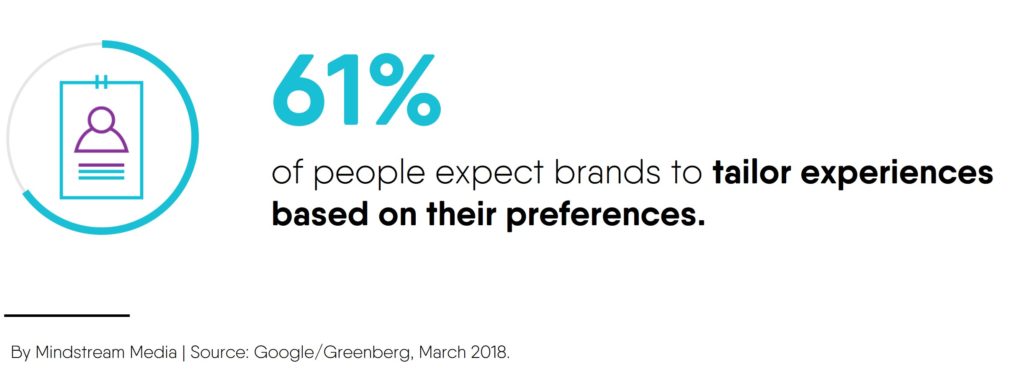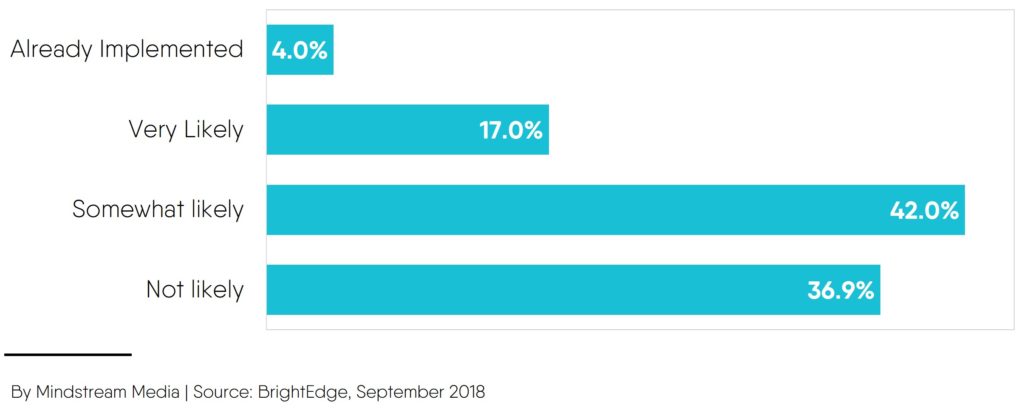The new year is in full swing and with it comes plenty of exciting changes in organic search marketing along with big expectations for digital marketers. One of the most significant search trends in 2019 is personalization – i.e., consumers’ desire to find the specific information they need as they research buying decisions.
To help marketers understand this growing trend and update their 2019 strategies accordingly, here’s a look at three ways personalization is changing the organic search game.
No. 1: Consumers want variety in their search results
While text-based queries and results were the status quo for Google and other search engines for years, consumers now have a myriad of methods to search for products and services. With searchers increasingly turning to voice search and visual search, text-based results no longer cut it for consumers.
Consider these numbers from a recent study by Slyce.it:

The takeaway for marketers
For marketers (or anyone who conducts cognitive research), these numbers should come as no surprise. Humans are wired to process information visually and it’s only natural that we would default to that preference when researching buying decisions online. Marketers need to create and optimize online content beyond the written (typed) word. This requires publishing visually appealing content like product images, infographics and video.
Marketers also need to embrace the rise of voice search and start thinking of how to optimize content to reach position zero. (For more information on how to reach position zero, check out our post on how to create content that earns featured snippets.)
No. 2: Consumers get to choose their own buying journeys
Think with Google recently published an infographic on how consumers’ search habits are disrupting the traditional marketing funnel. To show how the marketing funnel is changing, Google looked at thousands of users’ clickstream data. The results were telling for marketers and exhibited exactly how prevalent personalization has become.
To illustrate the point, Google highlighted four consumer buying journeys. Here’s a recap of their findings:

The takeaway for marketers
While the graphic above represents a small sample size and the whole point of Google’s research was to show how no two buying journeys are the same, there are still a few general takeaways for marketers:
- Unsurprisingly, the more significant the purchase, the more intricate the buying journey. With smartphones providing unfettered access to information, major purchases like headphones and flights now involve extensive consumer research.
- Even buying journeys we normally wouldn’t consider significant – like buying candy or makeup – can involve a lot of research and multiple touchpoints for brands to connect with consumers.
- Consumer research doesn’t end at purchase. With Ava’s search for flights, she conducted post-purchase research to find information like where to access her boarding pass, how to print tickets and which luggage she could bring.
Related: The Role of Organic Content in the New Consumer Buying Journey
No. 3: Marketers are turning to AI
Consumers’ ability to choose their own personalized buying journeys is a relatively new dynamic. Smartphones, tablets and other connected mobile devices have given consumers round-the-clock access to the internet. In this always-connected world, consumers expect to easily find information customized to fit their needs.

With more consumers expecting to find customized information as they navigate through their unique buying journeys, marketers are turning to artificial intelligence (AI) to deliver the right messages at the right times. According to recent research from BrightEdge, nearly 60 percent of marketers planned to use AI in 2018, up from 43 percent in 2017.
How likely brands are to use AI to develop content marketing strategies

The takeaway for marketers
AI presents an incredible opportunity for marketers to use machine learning to customize their messaging based on consumer intent. There’s a good chance the numbers from BrightEdge underrepresent the percentage of brands leveraging AI as something as simple as dynamic search ads on Google would technically qualify.
There’s no shortage of ways for marketers to use AI in their content marketing strategy. And if BrightEdge’s study is any indication, any brand not at least thinking of ways to leverage AI are already behind in the game. For marketers, this means there’s no time like the present to start looking for strategies to use AI to create the customized messaging consumers have come to expect.
Need help creating personalized media campaigns and content for your target audiences?
Contact Mindstream Media Group to find out how we can give you VIP access to your consumers.

